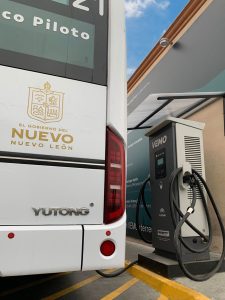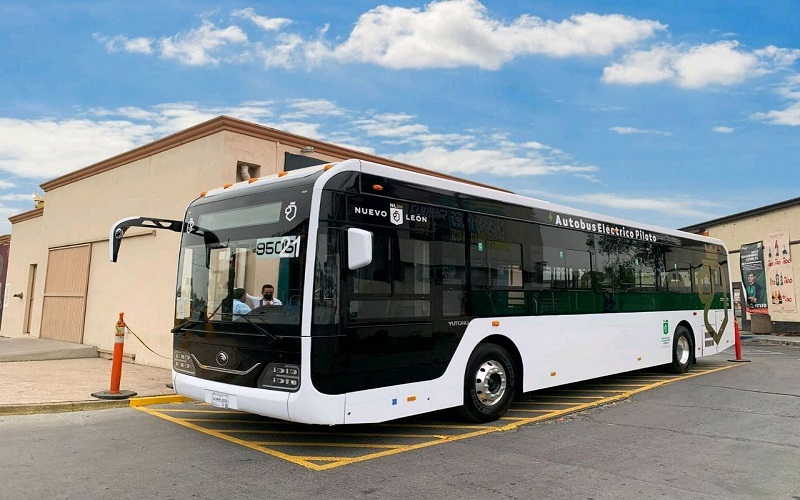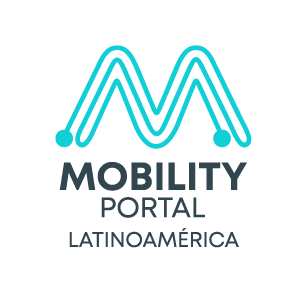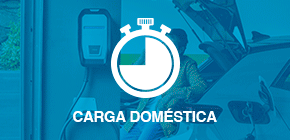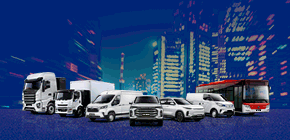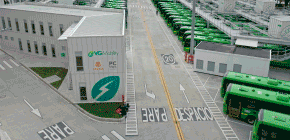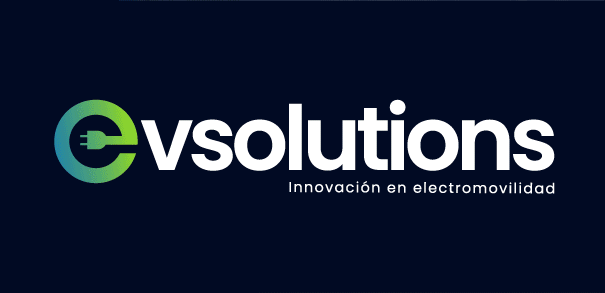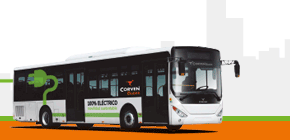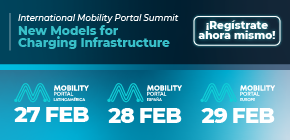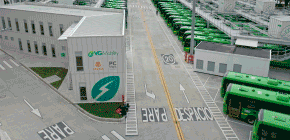As Governor Samuel García had announced last October, Monterrey has already started the first pilot test of a 100% electric bus, with the help of the companies VEMO and Yutong.
It is a 12-metre long electric bus with a capacity for 90 passengers and a range of more than 200 kilometres.
It will run on feeder services of the Monterrey metro with silent operation, zero emissions and three times more efficient energy use, as part of a technology evaluation programme of the state government’s Institute for Mobility and Accessibility.
For its part, VEMO will integrate the charging infrastructure and develop the Zero Emission Ecosystem (ZEE) management technology platform, which can integrate data from charging, bus powertrain and driver behaviour.
The charging station will be located in Barrio Antiguo streets and will be able to recharge the bus in 2.5 hours.
This step towards electromobility comes as no surprise in the Mexican state, which last year announced the incorporation of 110 electric units into public passenger transport fleets.
In fact, a few days ago, the authorities published the State Development Plan 2022-2027, whose actions seek to address and resolve various current problems.
And there, among the sectors considered for the care of the environment, heavy transport stands out.
According to the document, the truck routes circulating in the metropolis are being put in order, making them more efficient and ecological with the implementation of electric and natural gas units, 110 and 800 respectively.
The idea is to renew the units that exceed the age allowed by the Transport Law and to place a first order for 400 units that operate on natural gas, 100 of them in the first three months of this administration, and to begin tests to acquire the electric units that will power Line Three of the Metro.
In March, the first order landed, while it is gradually beginning to be the turn of the electric ones, for which technical tests are still being carried out.
In addition, with the aim of offering efficient, low-emission mobility, one of the mobility and environmental goals is to reduce car use by promoting non-motorised means of transport.
The plan considers building green corridors and safe crossroads, as well as making the road system more agile with the modernisation of the Integral Metropolitan Traffic System (SINTRAM) with a more intelligent traffic light network.
